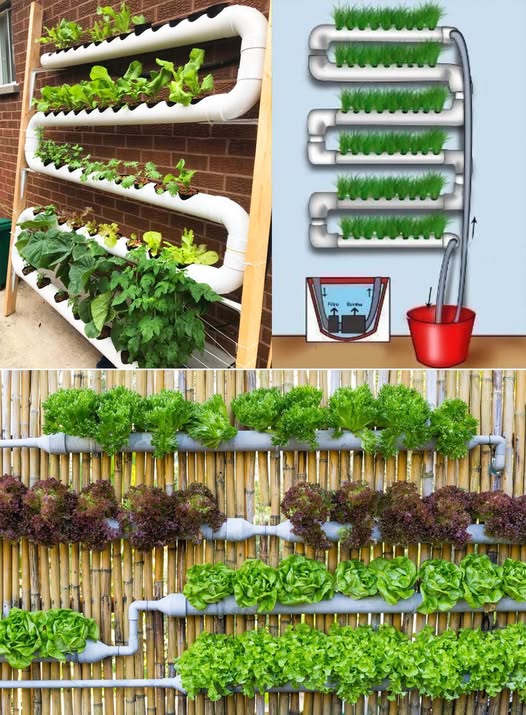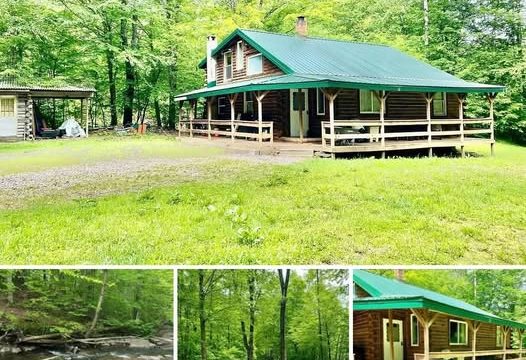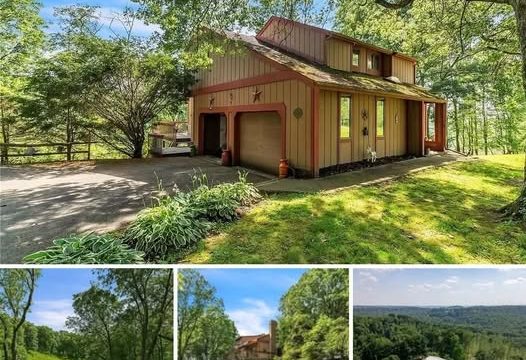Have you ever wanted to grow fresh herbs, vegetables, or leafy greens at home—but don’t have much space or ideal soil? Hydroponics might be the perfect solution! This innovative growing method allows plants to thrive without soil by using a nutrient-rich water solution instead.
Whether you’re a curious beginner or a green-thumbed enthusiast, this guide will walk you through building a basic hydroponic system at home, along with everything you need to know to succeed.

🌿 What is Hydroponics?
Hydroponics comes from the Greek words hydro (water) and ponos (labor), and it refers to growing plants using a water-based nutrient solution instead of soil. Roots are supported in an inert medium and receive exactly what they need to grow—nothing more, nothing less.
💡 Why Choose Hydroponics?
Here’s why hydroponics is becoming a favorite for gardeners worldwide:
✅ Faster Growth: Plants can grow up to 25% faster and yield up to 30% more than traditional soil methods.
✅ Water Efficient: Uses up to 90% less water.
✅ Space-Saving: Perfect for small spaces, balconies, and urban environments.
✅ Fewer Pests & Diseases: No soil means fewer problems with soil-borne pests and fungi.
✅ All-Year Gardening: Great for indoor gardening—grow fresh produce even in winter!
🔧 Types of Hydroponic Systems (Quick Overview)
There are several systems you can try, but here are the most popular ones:
- Wick System – Passive setup where plants draw water through wicks.
- Deep Water Culture (DWC) – Roots dangle in oxygen-rich water.
- Nutrient Film Technique (NFT) – Nutrient solution flows over plant roots in a thin stream.
- Ebb and Flow (Flood & Drain) – Water floods the roots and then drains away.
- Drip System – A timer-controlled drip system feeds each plant.
- Aeroponics – Roots hang in the air and are misted with nutrients.
🛠️ How to Build a Basic Deep Water Culture (DWC) System
The DWC system is easy for beginners, budget-friendly, and effective. Here’s how to set it up:
🧰 What You’ll Need:
- 1 large plastic container or tub with lid (5–10 gallons)
- Aquarium air pump and air stone
- Net pots or plastic cups with holes
- Hydroponic nutrients
- Growing medium (like clay pellets or rock wool)
- A pH control kit
- Plants or seeds
- LED grow light (optional, but recommended for indoor setups)
📘 Step-by-Step Instructions:
1. Prepare the Reservoir:
Fill your container with clean water, leaving about an inch at the top.
2. Add Oxygen:
Connect your air stone to the pump and place it in the bottom of the container. This keeps your water oxygenated and roots healthy.
3. Cut Lid Holes:
Use a box cutter or drill to cut holes in the lid just big enough to hold the net pots.
4. Plant Setup:
Start seeds in a wet growing medium or transplant seedlings into the net pots.
5. Add Nutrients:
Mix your hydroponic nutrients into the water following the product’s instructions. Use your pH kit to adjust the solution to the ideal range (typically 5.5–6.5 depending on the plant).
6. Place the Net Pots:
Insert the pots into the holes so that the bottom of each one just touches the water.
7. Monitor and Maintain:
Check water level, pH, and nutrient strength weekly. Refill or adjust as needed.
🌞 Tips for Success
- Lighting Matters: If you’re indoors, invest in full-spectrum LED grow lights. Most plants need 12–16 hours of light daily.
- Keep It Clean: Rinse the reservoir and change the water every 2–3 weeks to avoid algae buildup.
- Watch the Temp: Keep your grow area between 68°F–72°F (20°C–22°C) for best results.
- Check Daily: Healthy plants will have vibrant leaves and white roots. Watch for signs of nutrient imbalance or pests.
🥬 Grow Fresh, Year-Round
From lettuce and spinach to herbs like basil and mint, hydroponics gives you control over your growing conditions—no backyard necessary!
Even better? It’s sustainable, saves water, and helps you connect with your food on a deeper level.
⚠️ A Few Precautions
- Always use food-safe containers.
- Don’t overcrowd plants—each needs enough space and oxygen.
- Keep pets and children away from your setup to avoid accidents.
Final Thoughts
Starting your own hydroponic garden is easier than you might think—and it’s incredibly rewarding. With a little setup and regular care, you can enjoy fresh, clean, homegrown produce year-round, right from your kitchen, balcony, or garage.
So what are you waiting for? Grab a container, get your seeds, and grow something amazing! 🌿💧
Inspired by this? Share this article with fellow plant lovers or friends looking to go green!





